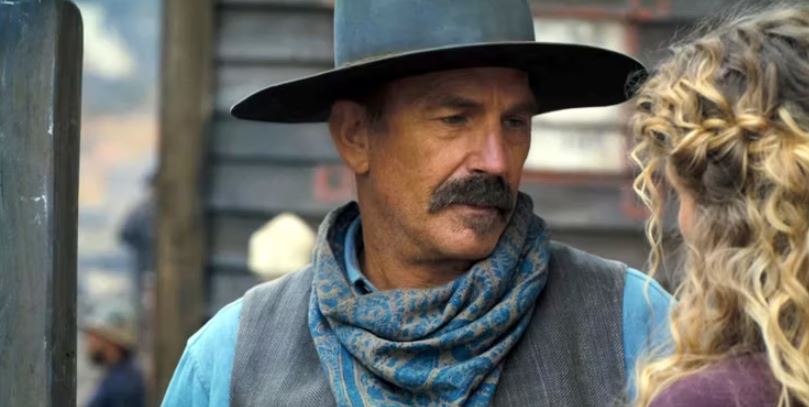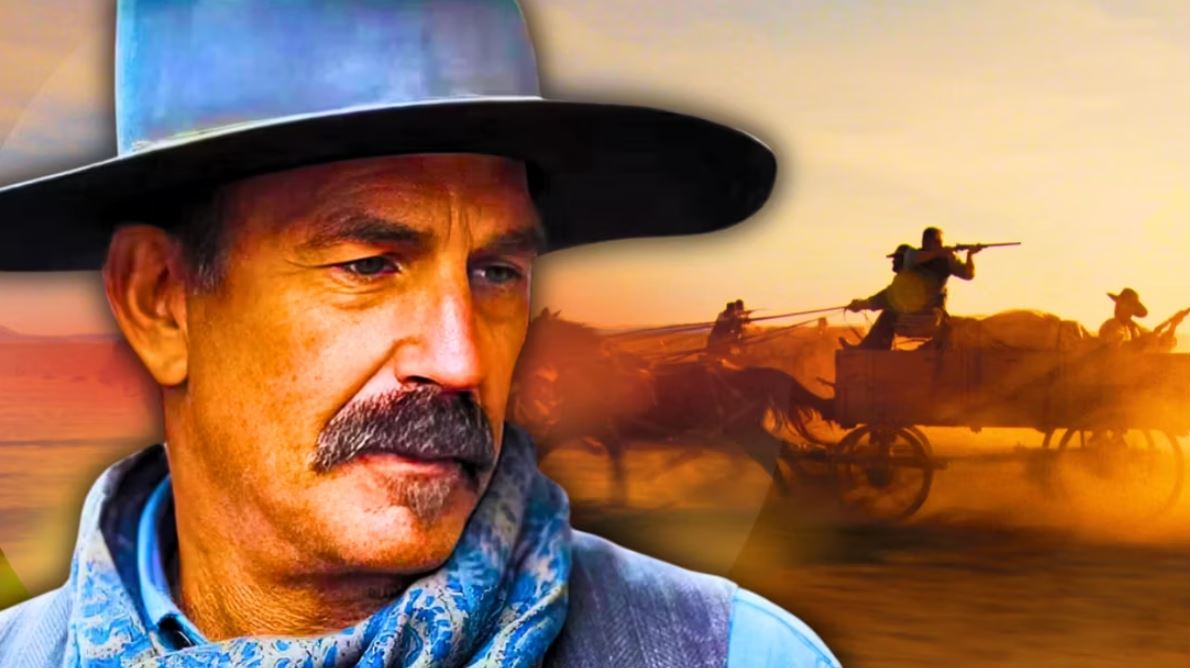Kevin Costner has established a respectable reputation for himself, not just as an actor, but also as a director. After all, he was in Paramount’s hit drama Yellowstone and is now releasing his film series Horizon: An American Saga, which he directed and stars in. He has become a household name now. Of course, there have been many well-known directors before Costner, including Quentin Tarantino. Now, he has undoubtedly been a household name for years. Tarantino is notorious for his action-packed films such as Inglourious Basterds, Pulp Fiction, and Kill Bill series.
On an initial viewing of Horizon: An American Saga and the Kill Bill films, audiences may not see their similarities. After all, Kill Bill’s cast and characters are entirely different from those in the Western movie. However, there is a significant parallel in the narrative structure of these series. This is especially apparent with the Horizon: An American Saga chapter one ending. Costner reversed the outline of Kill Bill, putting all the backstory in the first chapter and anticipating all the action in the second.
The First Chapter of Costner’s Film Is All Backstory With Little Action, While Tarantino’s Is The Opposite
Horizon: An American Saga Has More In Common With Kill Bill: Volume 2
Costner’s Horizon: An American Saga has minimal action in the first installment. The point of this is to establish all the backstory needed for the action in the film’s sequel. There are so many stories that will be fleshed out with classic Western action scenes in chapter two, and if all the action were in the first film, there would be nothing that a sequel could offer. It would not have a chance of becoming one of the best Westerns ever made. If anything, a prequel would have been more necessary to explain all the action. Thus, the backstory is mostly in the chapter.

Tarantino’s Kill Bill, on the other hand, primarily features the backstory in Volume 2. This sequel explains why The Bride wishes to kill Bill. The backstory being in the second half of the series allows the audience to appreciate her more. It would not have worked in the first film. After all, the series is called Kill Bill, not Why The Bride Needs to Kill Bill. The title anticipates action. Of course, a backstory is needed with all the action, but that is why volume two features the backstory and nourishes the action-filled revenge narrative.
Horizon: An American Saga Chapter 2 Is Expected To Have All Action, Just Like Kill Bill: Volume 1
The Placement Of Action Is Essential For Each Of These Franchises.
As mentioned, Costner’s sequel hits theaters later this year, so it is not officially confirmed if there will be more action. However, the first film’s ending does feature some scenes that will be included in this second chapter, and they all seem action-packed. All of this action will then benefit the series. Many Western films are primarily full of action, and including more in Costner’s film series will allow it to be part of this genre and show his respect for previous Westerns.
Tarantino’s film series is the opposite, as Kill Bill Volume One starts with action and keeps it going for the entire movie. The Bride needed to start killing people who worked for Bill immediately because audiences were anticipating an action-packed film. Action movies are entirely different from Westerns. Does each genre contain features of the other? Very much so, indeed. They have certain aspects to them, though, that require the plotline to go in a specific order. Thus, action series need to start with action, and Westerns need to start with a backstory.
The Reverse Plot Allows Costner To Be Original And Still Work With Tarantino’s Useful Method
Costner Using A Trick Meant For Action Movies In A Western Is Pretty Neat.

If Costner were to have all the action in the first Horizon: An American Saga, the film would not work in a narrative sense and would have made the backstory useless. Some action is needed in the backstories, like the big villain showdown with Costner. The backstory is still heavily important, though. The films would be more like action movies than Westerns without the backstory aspect. Action movies, on the other hand, require lots of action. They just become elevated action movies when the writers and directors add in more of a backstory, like in the Kill Bill movies.
Westerns have the requirements they do because they need to unpack why the American settlers are moving out West and the conflicts they encounter. Costner does the Western genre justice by splitting up Horizon: An American Saga into two films, where the first explains all the backstory and the second features the action. However, many Westerns have both aspects in single films, including the rest of Kevin Costner’s Westerns. However, Costner’s film includes several storylines. There would be no way for the franchise to be successful if all the action and backstory were in the same movie. They needed to split up.
Although there are not as many stories to flesh out as in Costner’s movies, The Bride’s story is so complex that, like Horizon: An American Saga , it must be split into two films.
Kill Bill’s complete timeline has just one story to tell: The Bride killing Bill. Although there are not as many stories to flesh out as in Costner’s movies, The Bride’s story is so complex that, like Horizon: An American Saga, it must be split into two films. Putting all the action scenes in her story first still works better in Kill Bill. There is not as much pressure for the audience to thoroughly understand the narrative as in films with multiple storylines.
With chapter two of Horizon: An American Saga releasing soon, it will be interesting to see if there is actually more action in this film than the first installment’s ending anticipates. Perhaps there will be even more action than audiences anticipate. Regardless, reversing Tarantino’s narrative structure for Kill Bill has worked well for the Western series. It ultimately shows that despite Westerns and action movies having completely different standards, they could still have more in common than audiences may initially believe.
